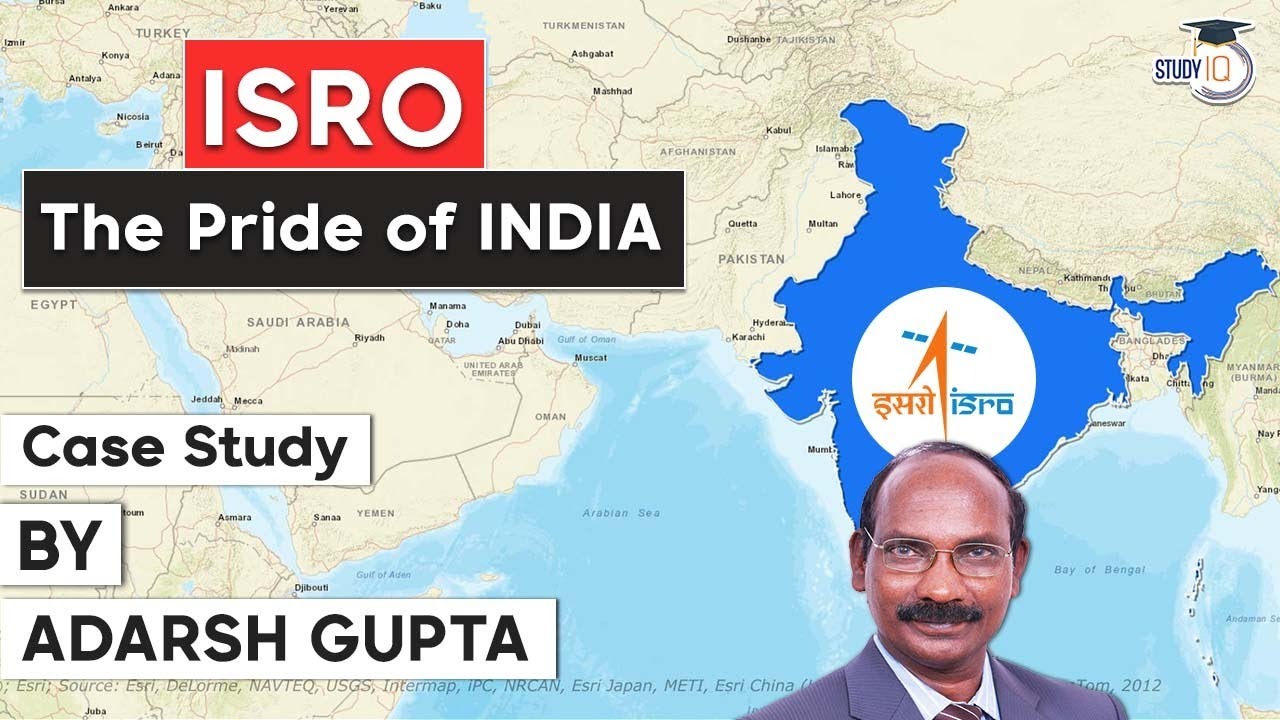Apa Itu Satelit? (Bagian 2)
Summary
TLDRThis video highlights Indonesia's achievements in space exploration through the development of its own satellites. It covers the launch of several homegrown satellites, such as the Lapan-Tubsat, a micro-satellite for Earth observation, the Lapan A2 8 Orari, designed for disaster mitigation and amateur radio communication, and the Lapan A3-8 IPB satellite developed with the Bogor Agricultural Institute. These satellites contribute to vital functions like maritime monitoring, disaster response, and scientific research, showcasing Indonesia's growing capabilities in space technology.
Takeaways
- 😀 The National Research and Innovation Agency (BRIN) has launched three homegrown satellites.
- 😀 The first satellite, Lapan-Tubsat, is a micro satellite developed by the Indonesian Space Agency (LAPAN) in collaboration with the Technical University of Berlin.
- 😀 Lapan-Tubsat was launched in 2007 and is designed for Earth observation and scientific purposes.
- 😀 The second satellite, Lapan A2, is a micro satellite launched on September 28, 2015, from Sriharikota, India.
- 😀 Lapan A2 was developed to aid disaster mitigation and features three missions: Earth observation, ship monitoring, and amateur radio communication.
- 😀 Lapan A2 is equipped with an automatic packet reporting system to assist with disaster management and communications during emergencies.
- 😀 Lapan A2 can support up to 700,000 amateur radio users for communication during search and rescue operations or sending short messages via radio waves.
- 😀 The third satellite, Lapan A3-8 IPB, is a collaboration between LAPAN and the Bogor Agricultural Institute (IPB) to enhance Indonesia's satellite design and development capabilities.
- 😀 Lapan A3-8 IPB was launched on June 22, 2018, and is capable of monitoring global maritime traffic.
- 😀 The Lapan A3-8 IPB satellite is also equipped with a magnetometer for Earth’s magnetic field monitoring and can capture images of all of Indonesia.
Q & A
What is the role of BRIN in Indonesia's satellite development?
-BRIN (National Research and Innovation Agency) plays a key role in the development and launching of Indonesia's satellites, as demonstrated by the three satellites they have launched: LAPAN-Tubsat, LAPAN-A2, and LAPAN-A3 IPB.
What was the first satellite developed by BRIN?
-The first satellite developed by BRIN was the LAPAN-Tubsat, a micro satellite launched in 2007 through a collaboration with the National Institute of Aeronautics and Space (LAPAN) and the Technical University of Berlin.
What is the primary purpose of the LAPAN-A2 satellite?
-The LAPAN-A2 satellite is a micro-satellite designed for disaster mitigation, equipped with capabilities for Earth observation, ship monitoring, and amateur radio communication.
When and where was the LAPAN-A2 satellite launched?
-The LAPAN-A2 satellite was launched on September 28, 2015, from Sriharikota, India.
How does the LAPAN-A2 satellite contribute to disaster management?
-LAPAN-A2 helps with disaster management by supporting communication for disaster response through its automatic packet reporting system, connecting over 700,000 amateur radio users, and assisting in SAR (Search and Rescue) operations.
What additional role does LAPAN-MBA play apart from disaster management?
-In addition to disaster management, LAPAN-MBA also aids in communications by supporting the Indonesian Amateur Radio Organization (ORARI), facilitating communication during emergencies.
What is the purpose of the LAPAN-A3 IPB satellite?
-The LAPAN-A3 IPB satellite was developed to enhance the knowledge and skills of Indonesians in satellite design and construction, while also enabling Earth observation for operational and experimental purposes.
When was the LAPAN-A3 IPB satellite launched, and where?
-The LAPAN-A3 IPB satellite was launched on June 22, 2018, from Sriharikota, India.
What capabilities does the LAPAN-A3 IPB satellite have?
-The LAPAN-A3 IPB satellite is equipped with a magnetometer to monitor Earth's magnetic field and is capable of providing global maritime traffic surveillance.
How does Indonesia benefit from developing its own satellites?
-By developing its own satellites, Indonesia gains greater control over space technology, enhances its scientific and technological capabilities, and supports critical tasks like disaster management, Earth observation, and communications.
Outlines

Dieser Bereich ist nur für Premium-Benutzer verfügbar. Bitte führen Sie ein Upgrade durch, um auf diesen Abschnitt zuzugreifen.
Upgrade durchführenMindmap

Dieser Bereich ist nur für Premium-Benutzer verfügbar. Bitte führen Sie ein Upgrade durch, um auf diesen Abschnitt zuzugreifen.
Upgrade durchführenKeywords

Dieser Bereich ist nur für Premium-Benutzer verfügbar. Bitte führen Sie ein Upgrade durch, um auf diesen Abschnitt zuzugreifen.
Upgrade durchführenHighlights

Dieser Bereich ist nur für Premium-Benutzer verfügbar. Bitte führen Sie ein Upgrade durch, um auf diesen Abschnitt zuzugreifen.
Upgrade durchführenTranscripts

Dieser Bereich ist nur für Premium-Benutzer verfügbar. Bitte führen Sie ein Upgrade durch, um auf diesen Abschnitt zuzugreifen.
Upgrade durchführenWeitere ähnliche Videos ansehen

SpaceX's Incredible Starship Flight Test 6 Explained!

Indian Space Research Organisation history from carrying rocket parts on bicycle to Mars Mission

Tantangan Pembangunan Indonesia Dari Masa Ke Masa : Transformasi Perjalanan dan Harapan plus LKPD

PERKEMBANGAN IPTEK DI ERA GLOBALISASI DAN DAMPAKNYA BAGI KEHIDUPAN MANUSIA

LISTENING

Where will space exploration take us in the next 50 years? | BBC Ideas
5.0 / 5 (0 votes)
